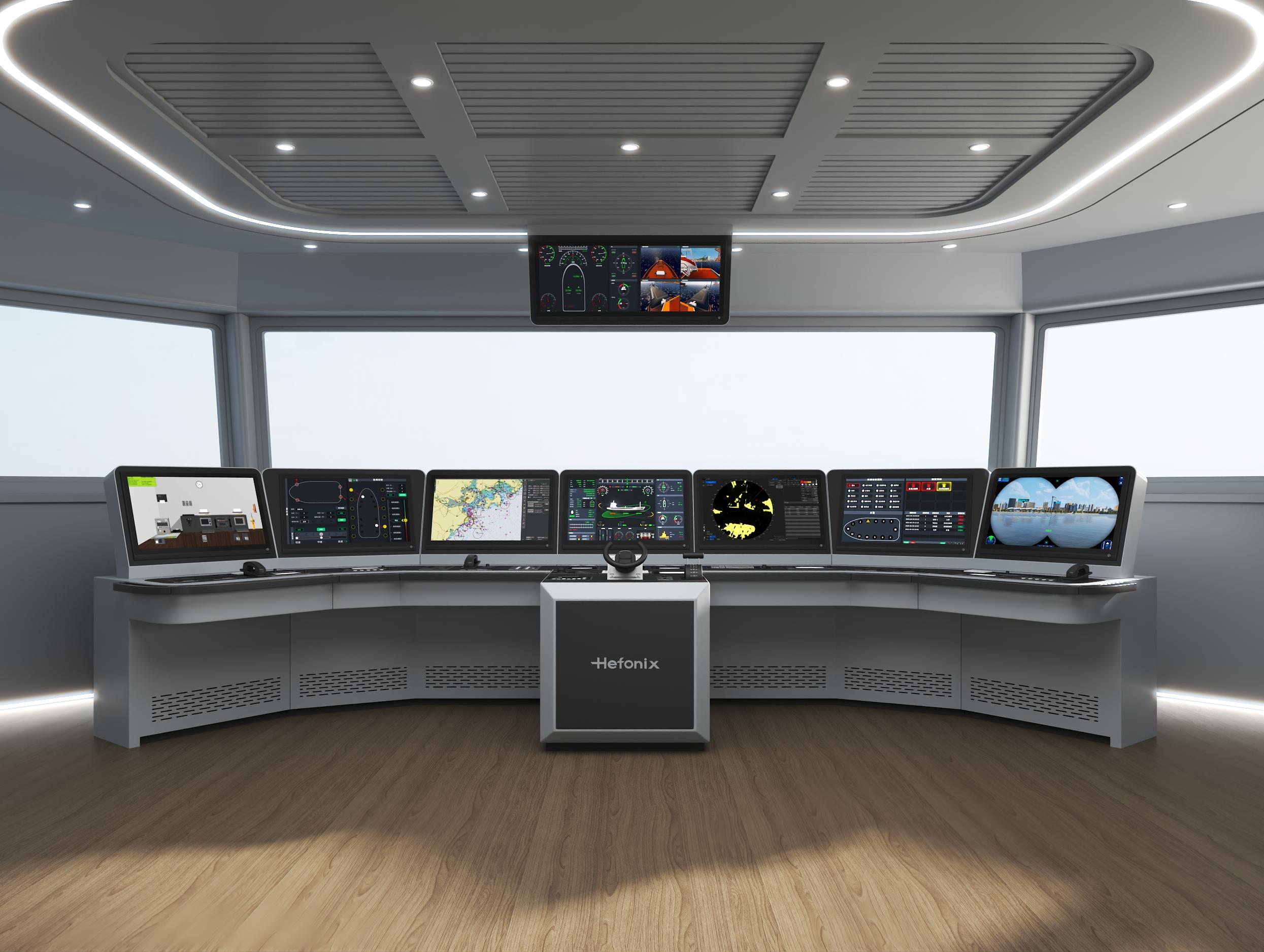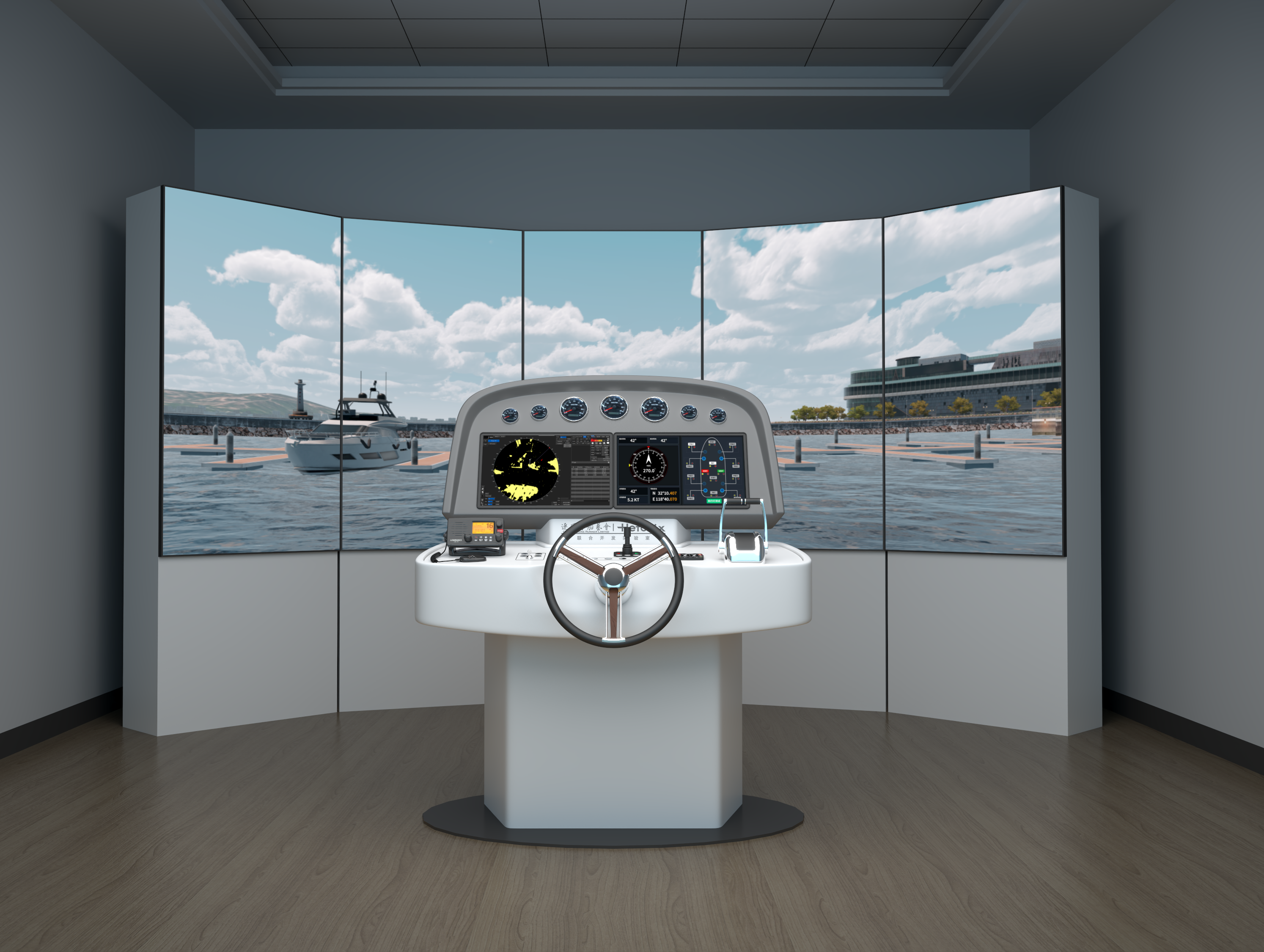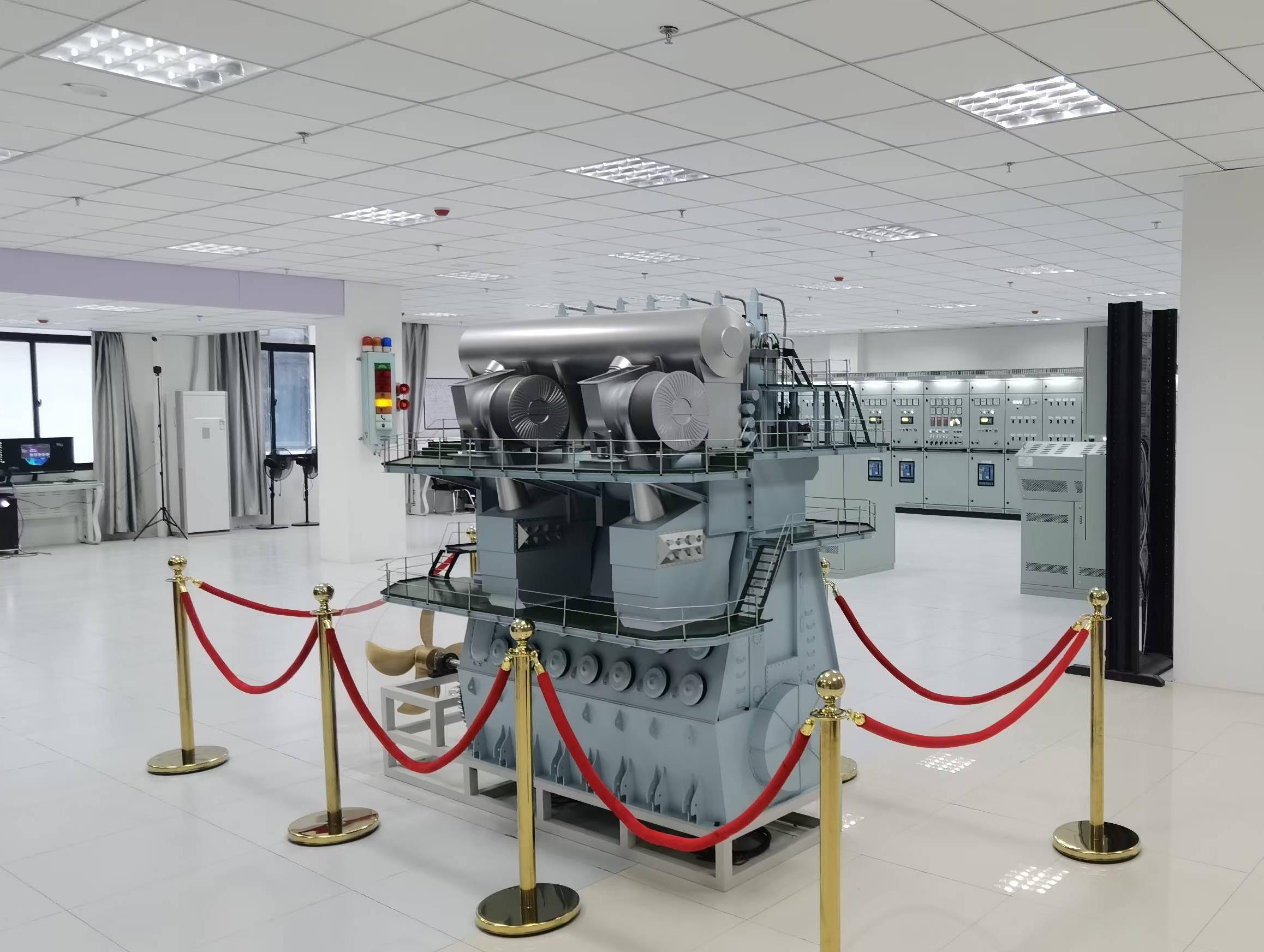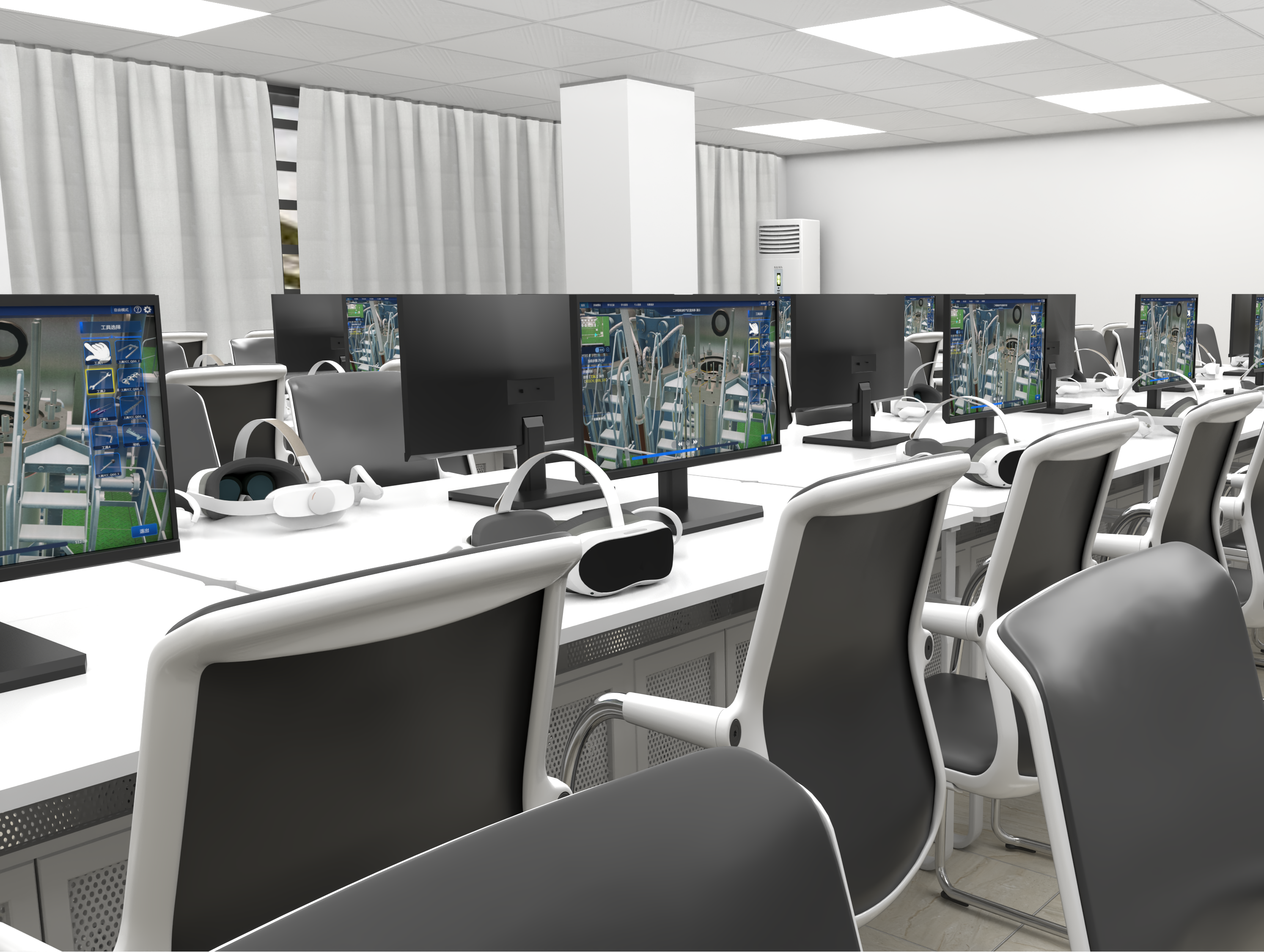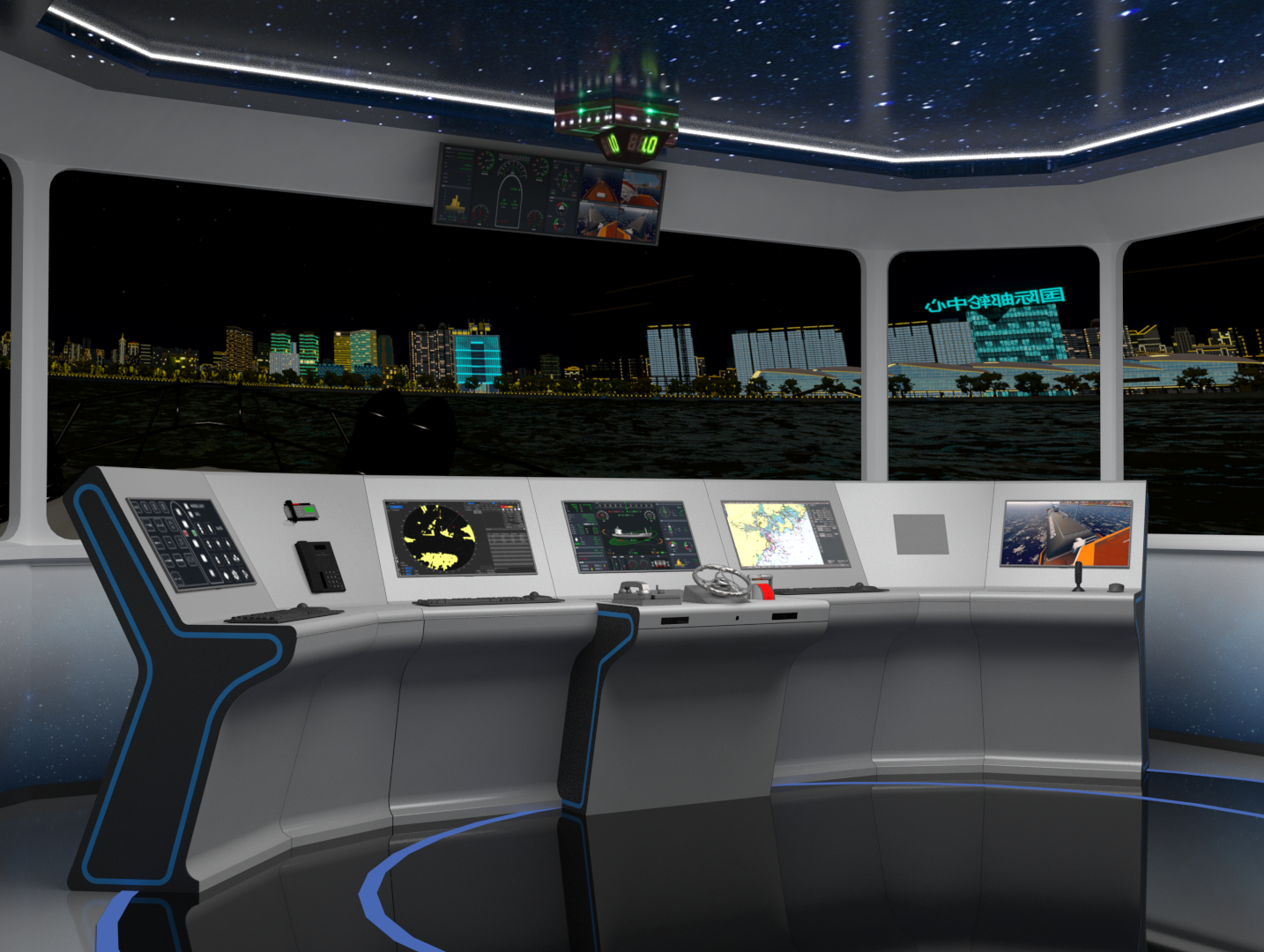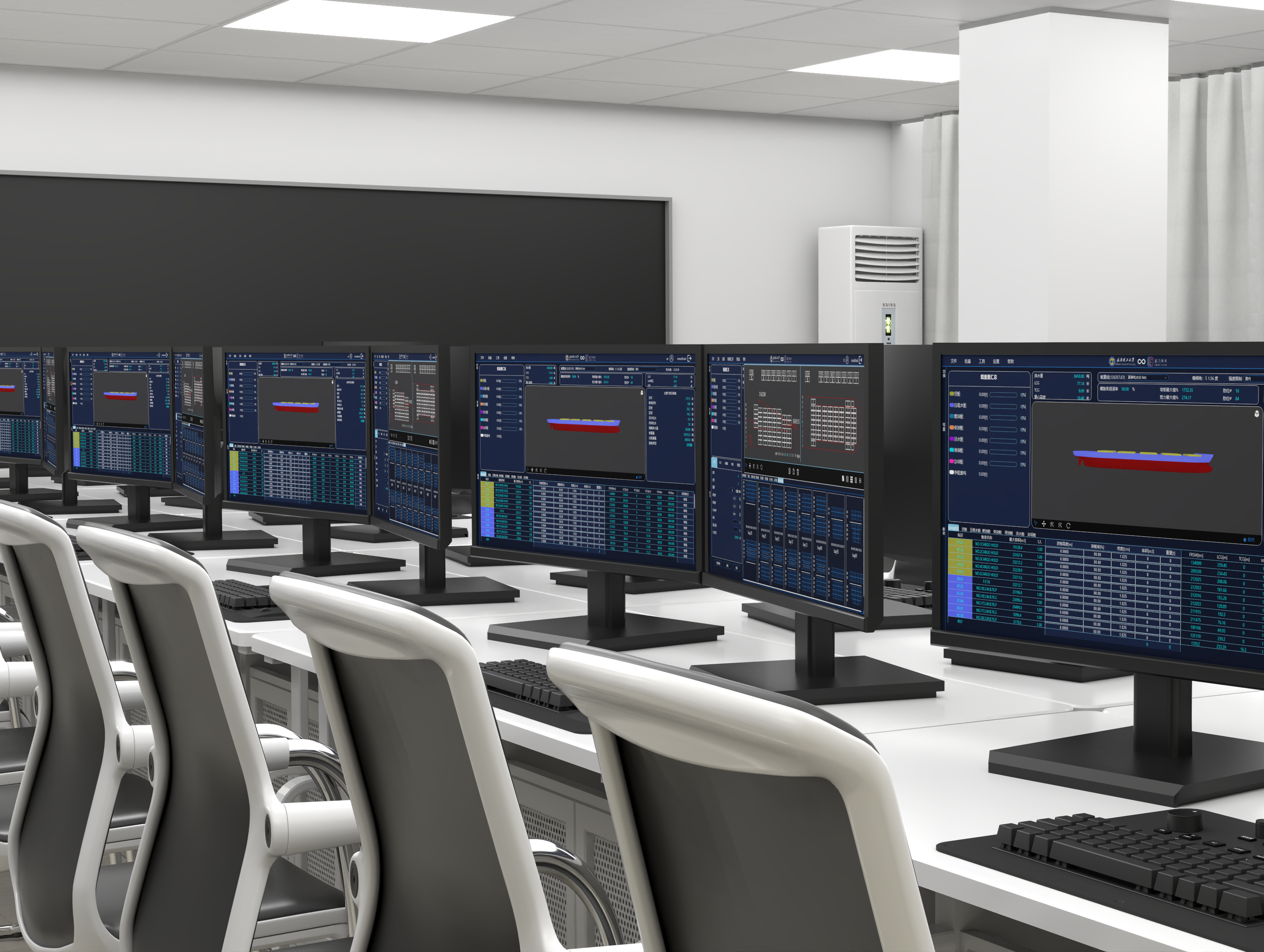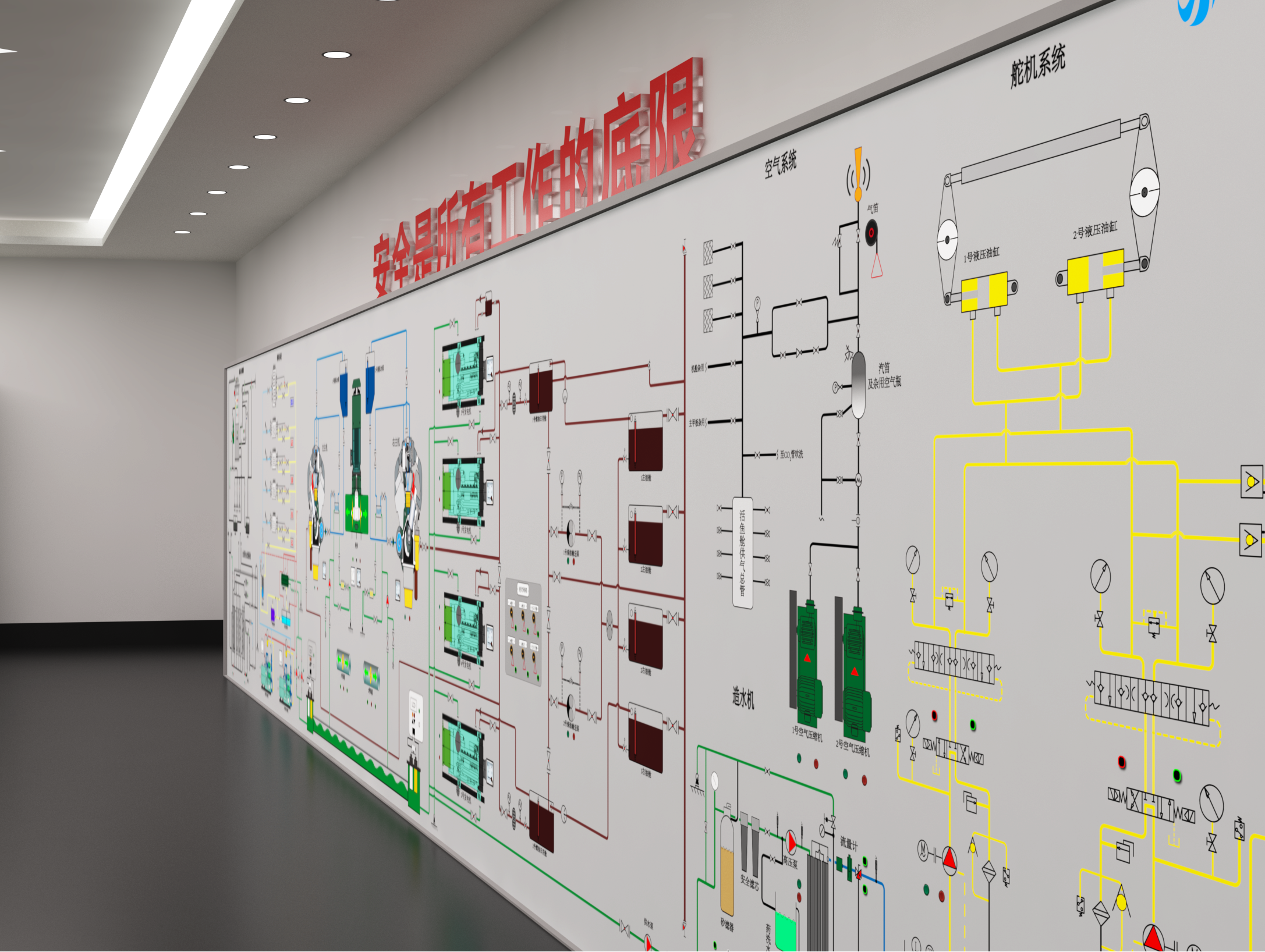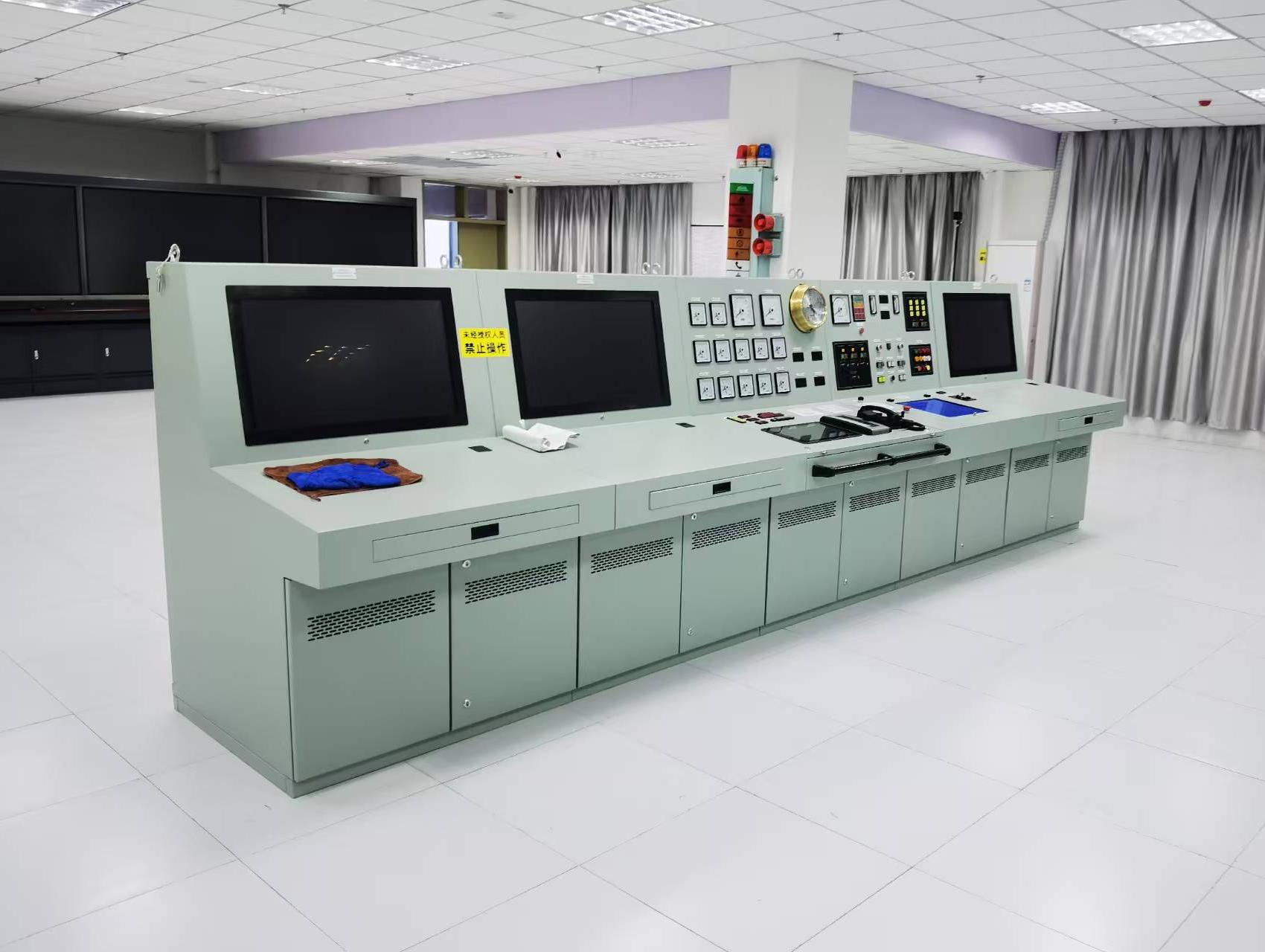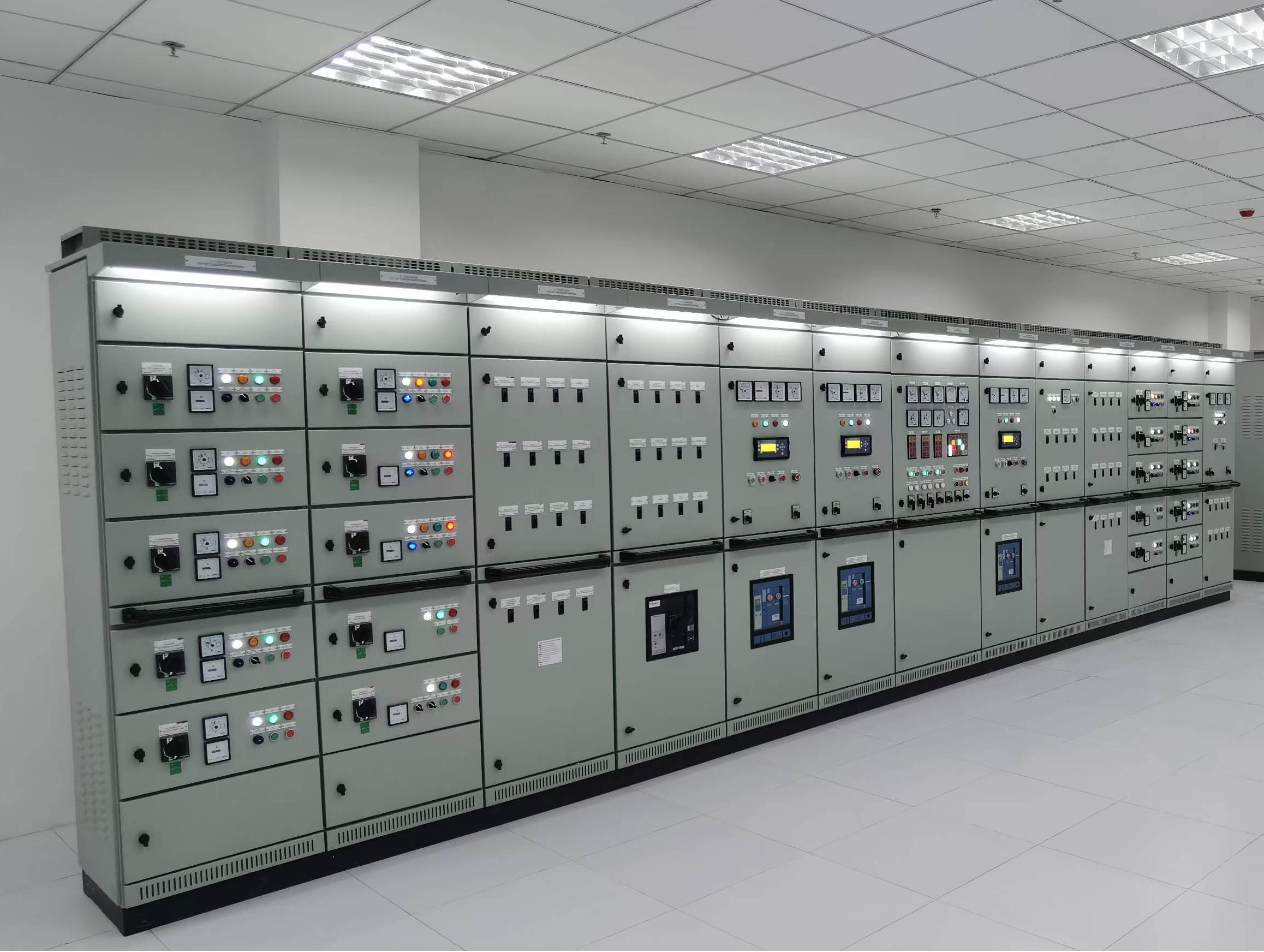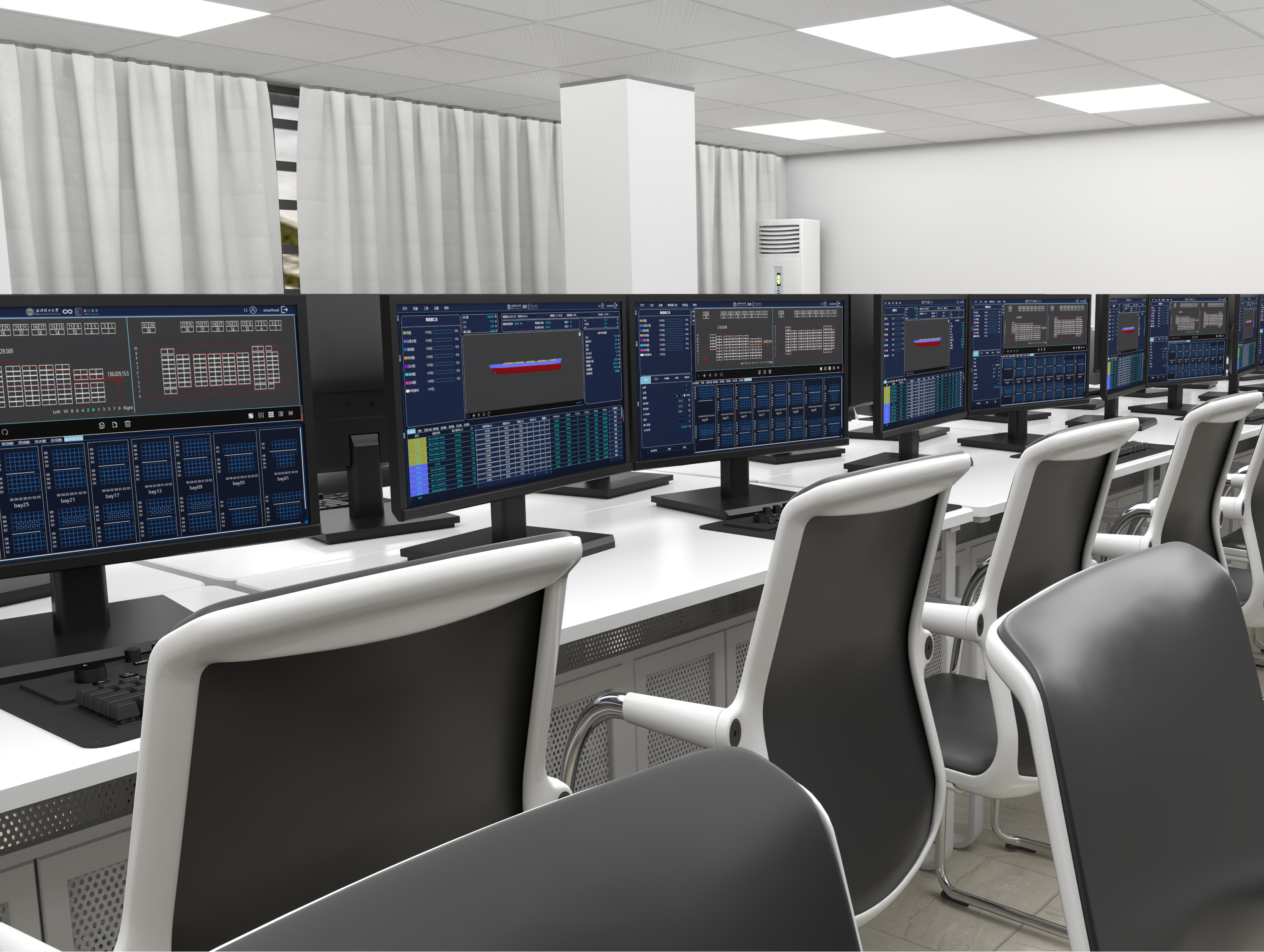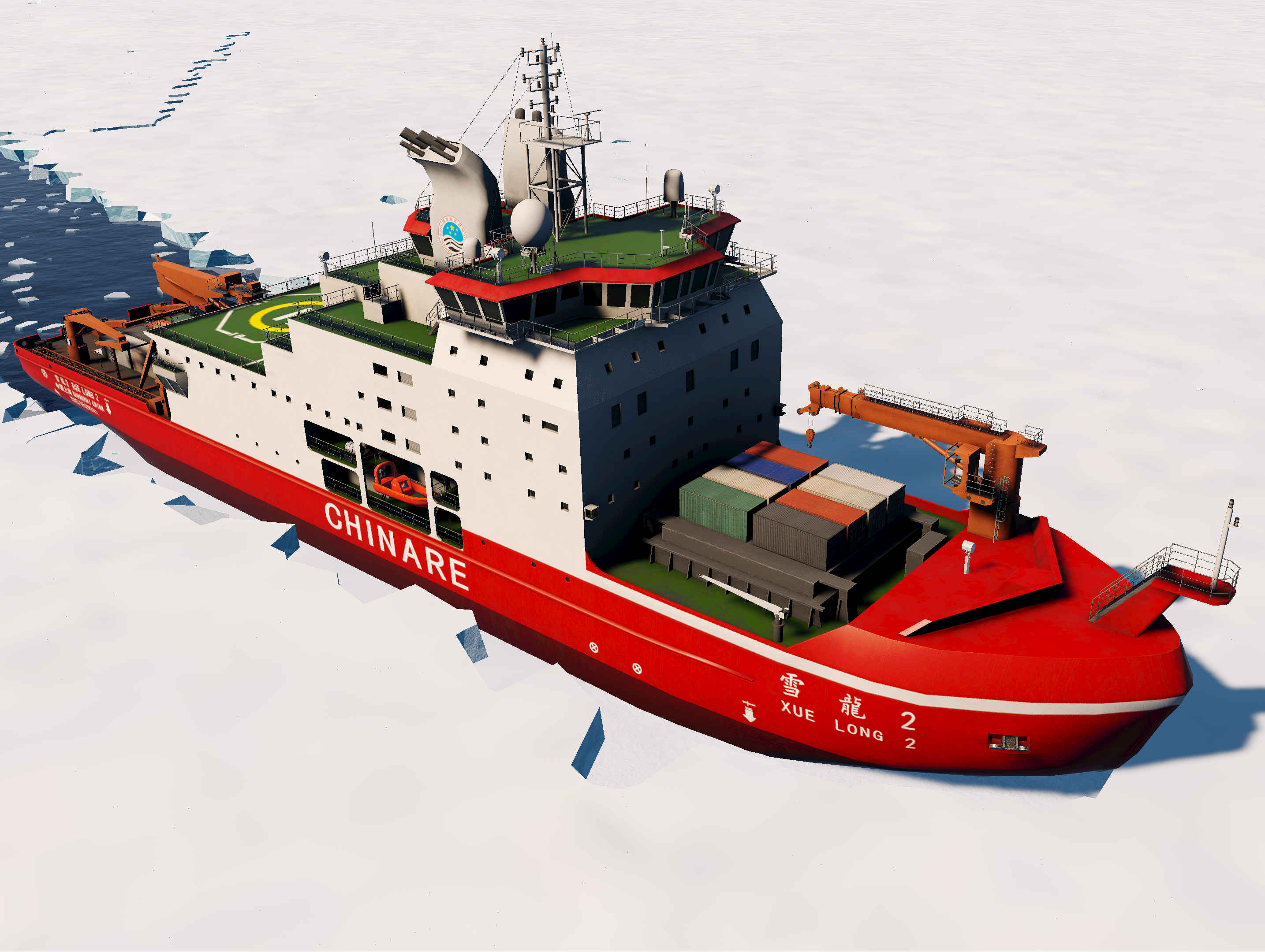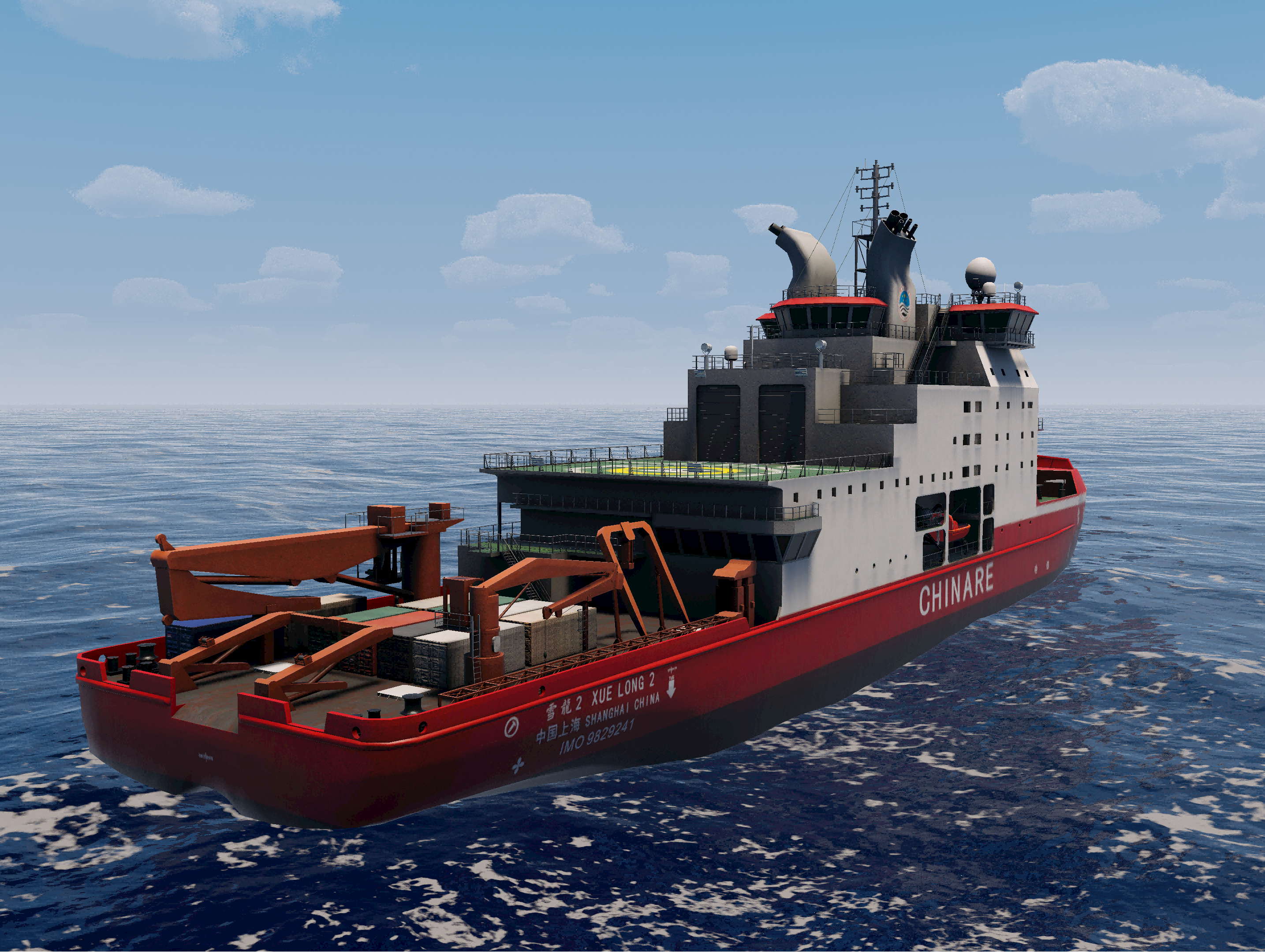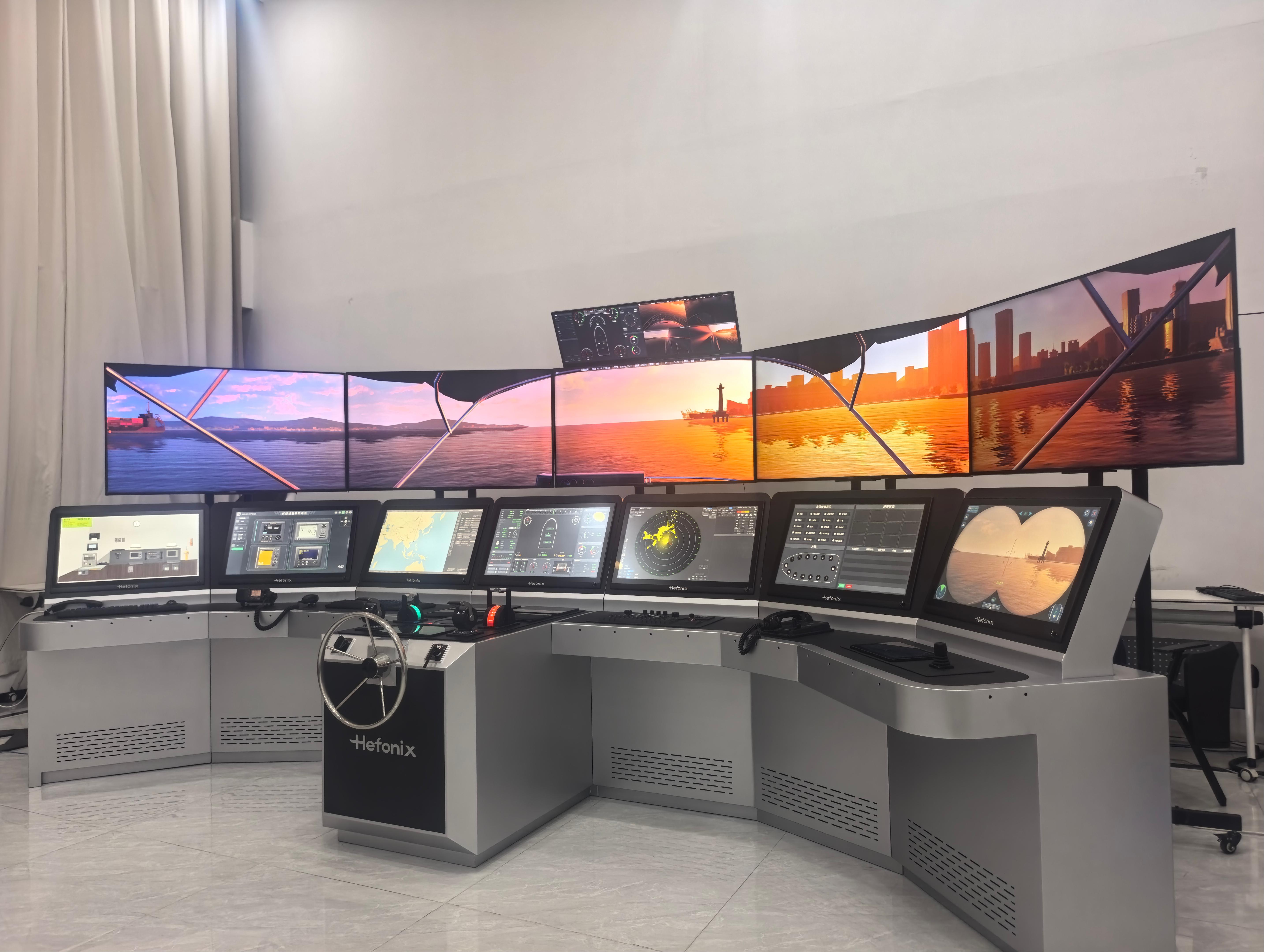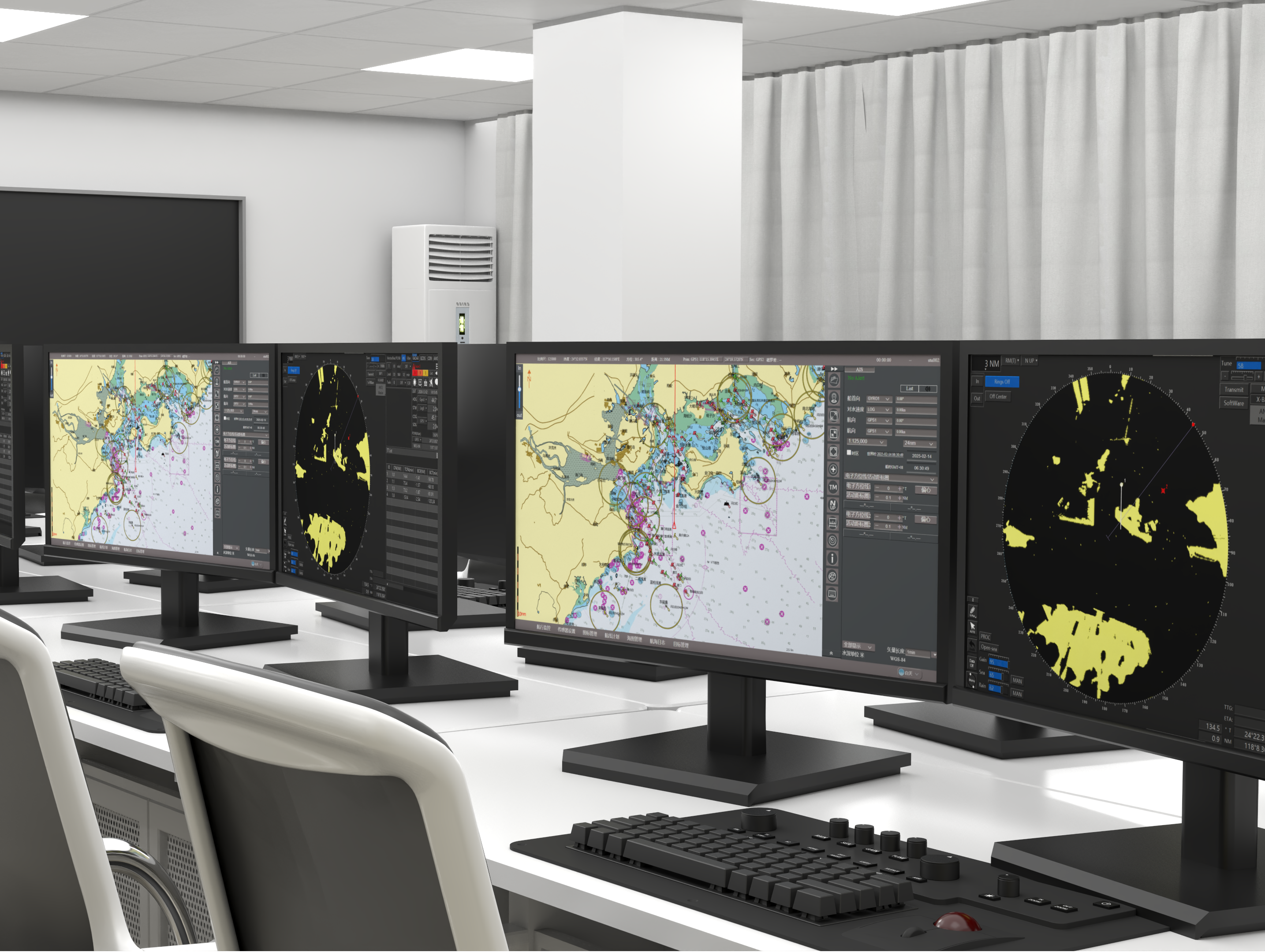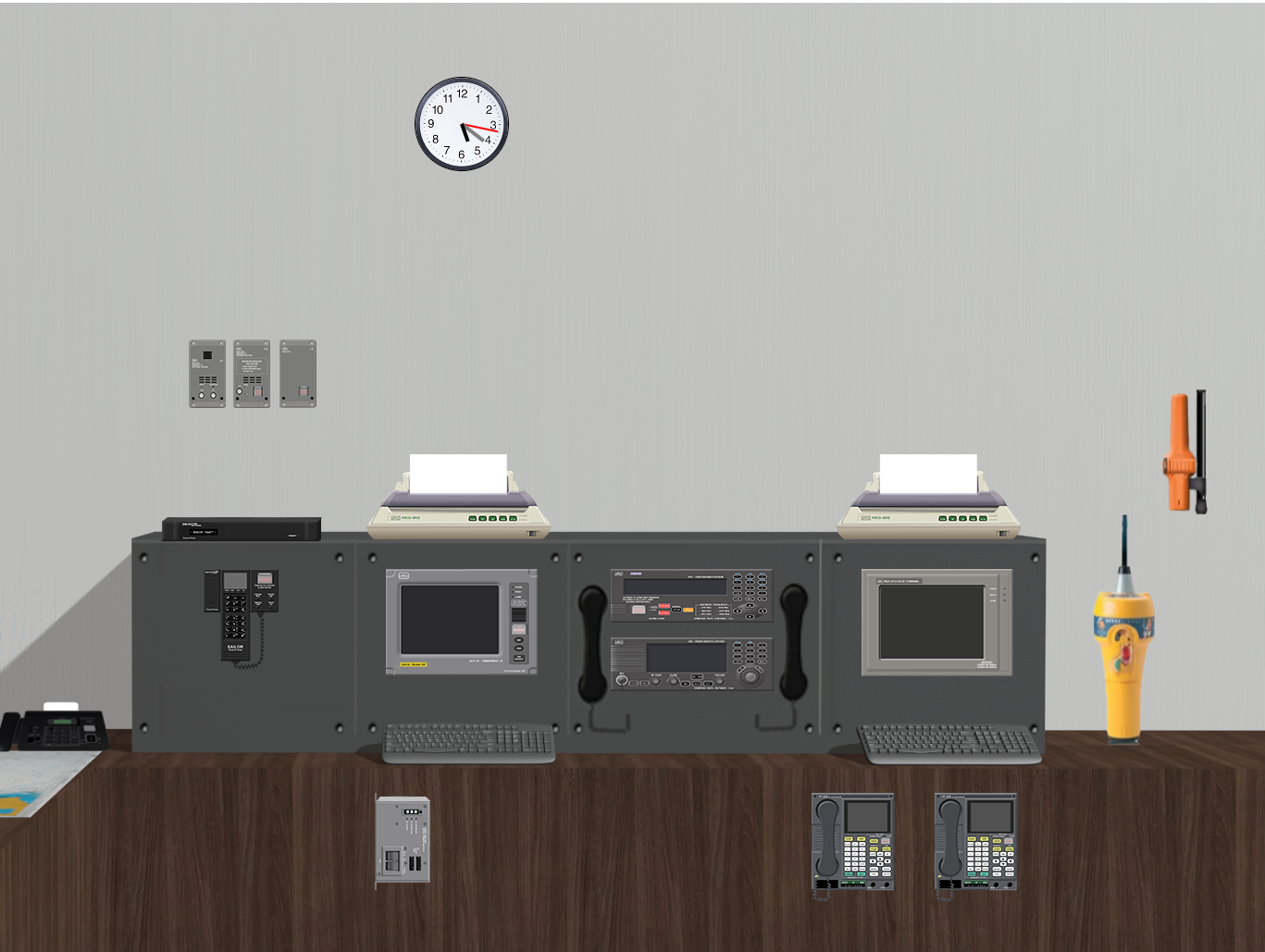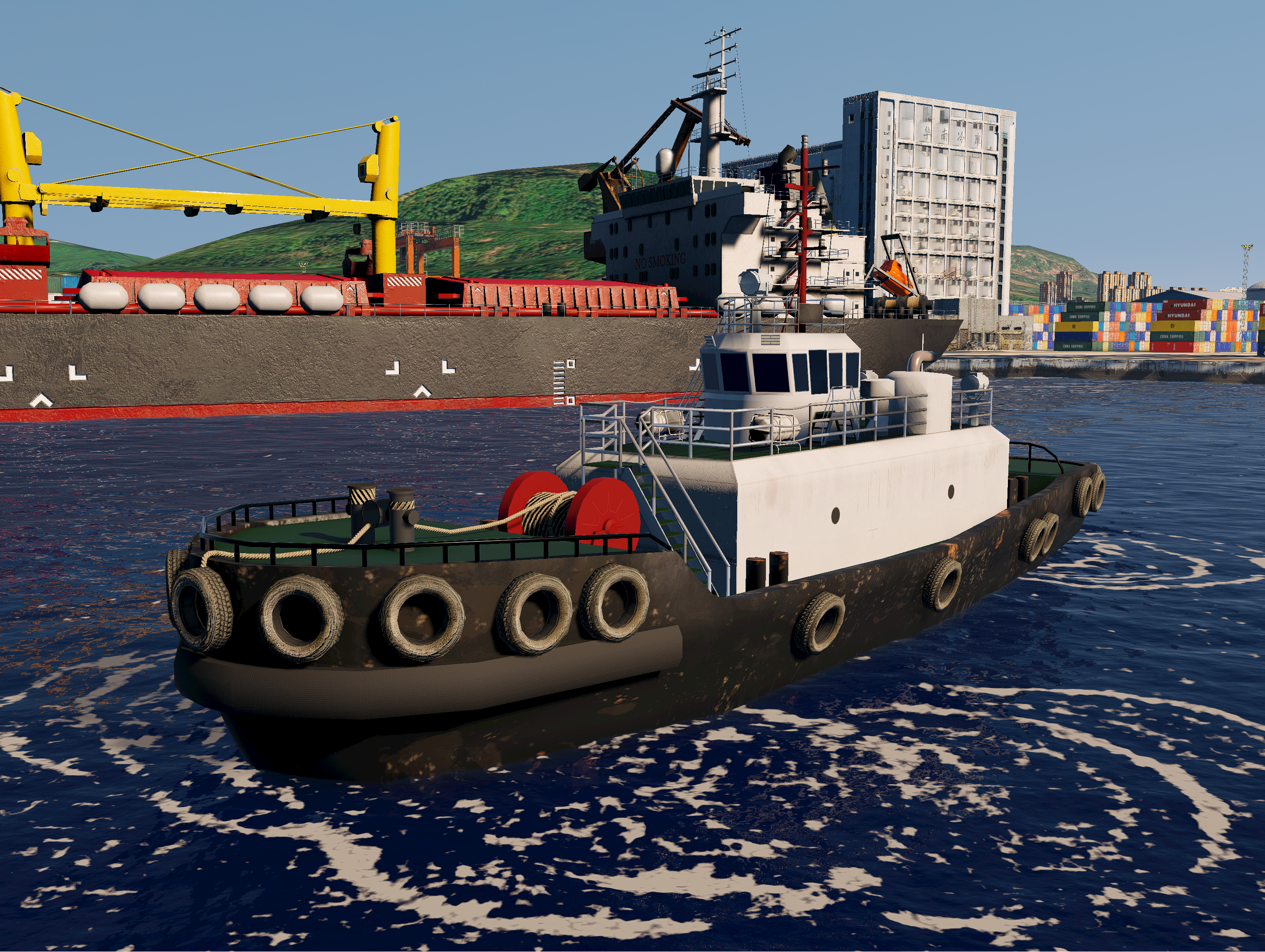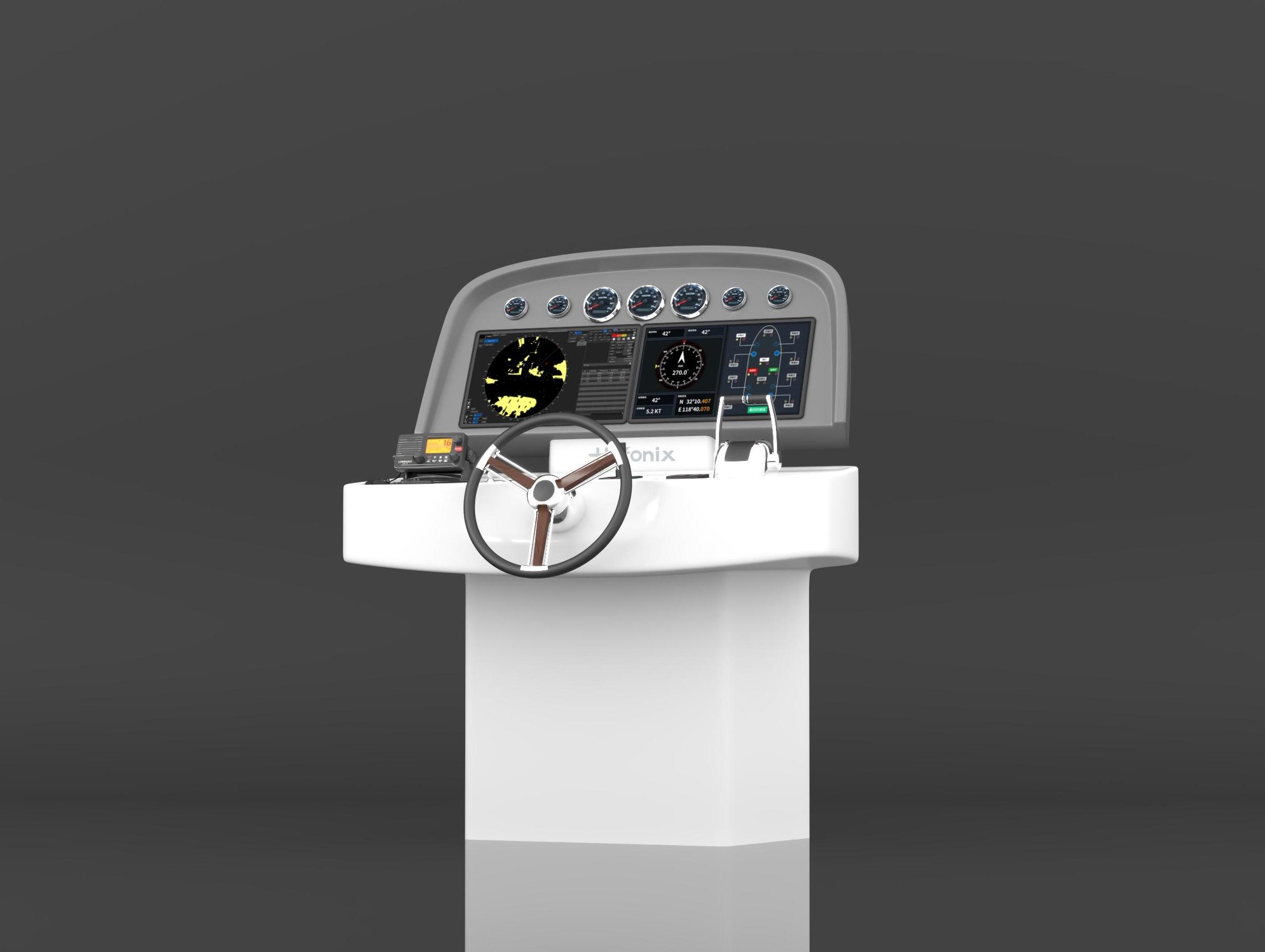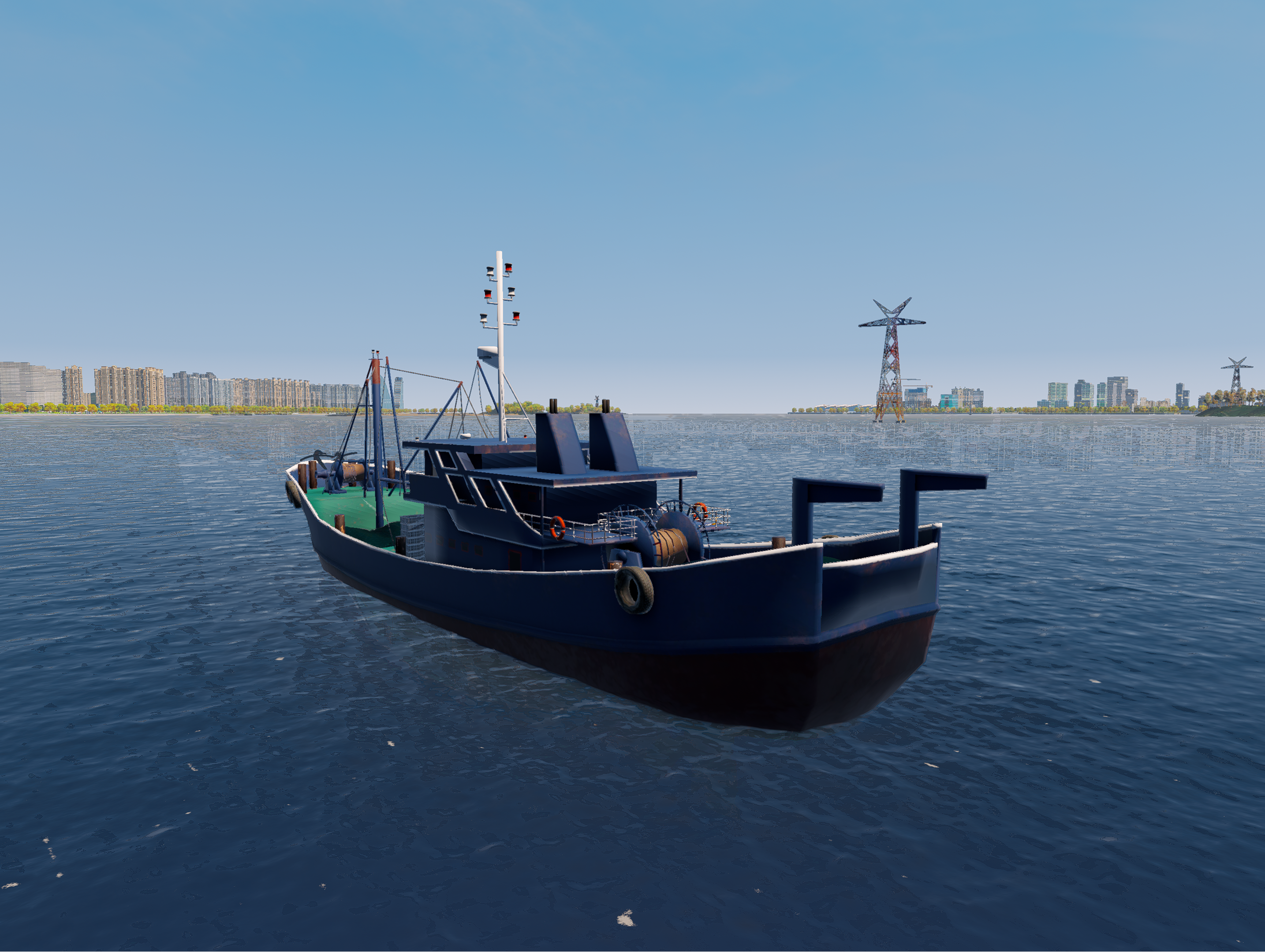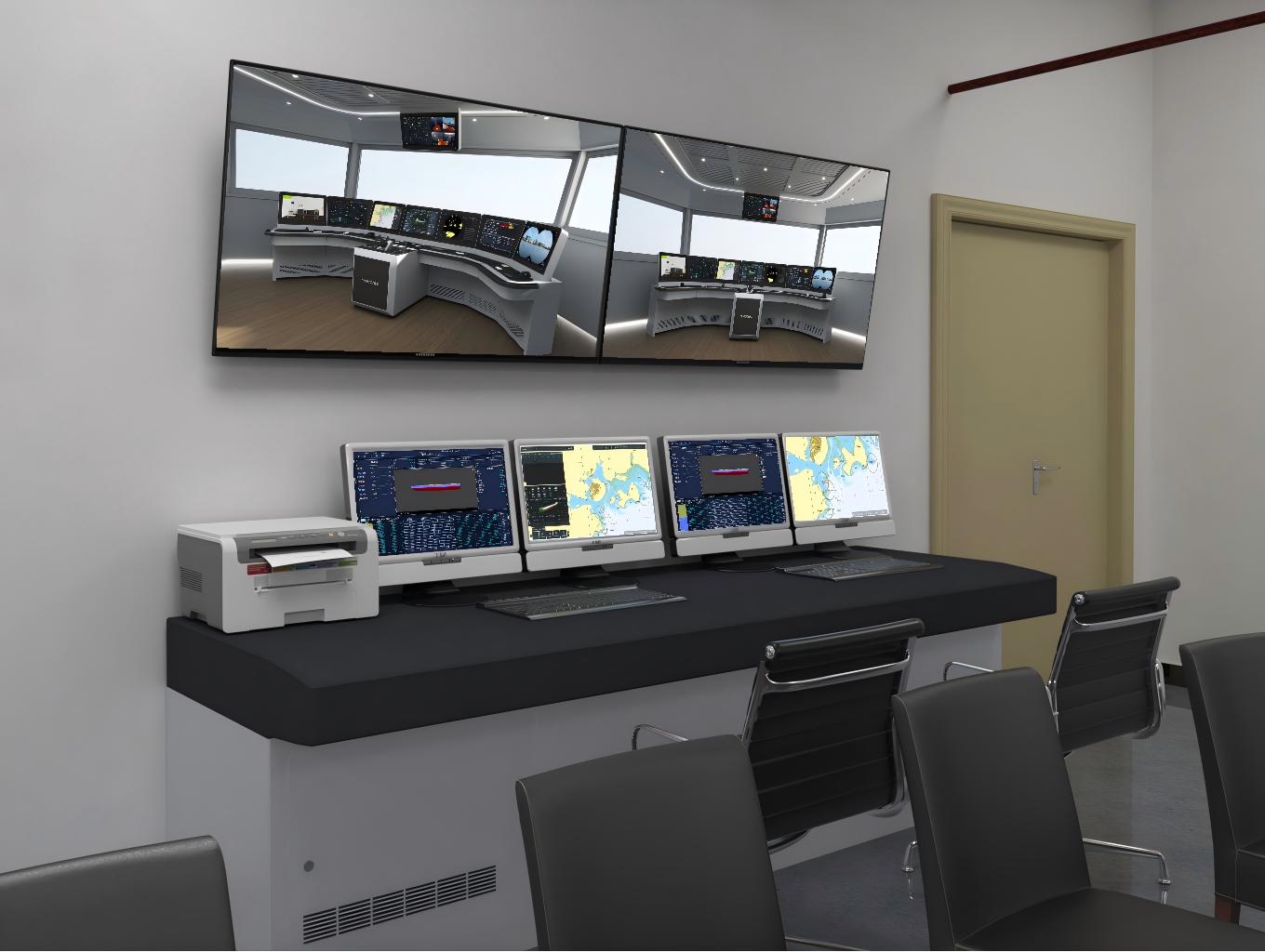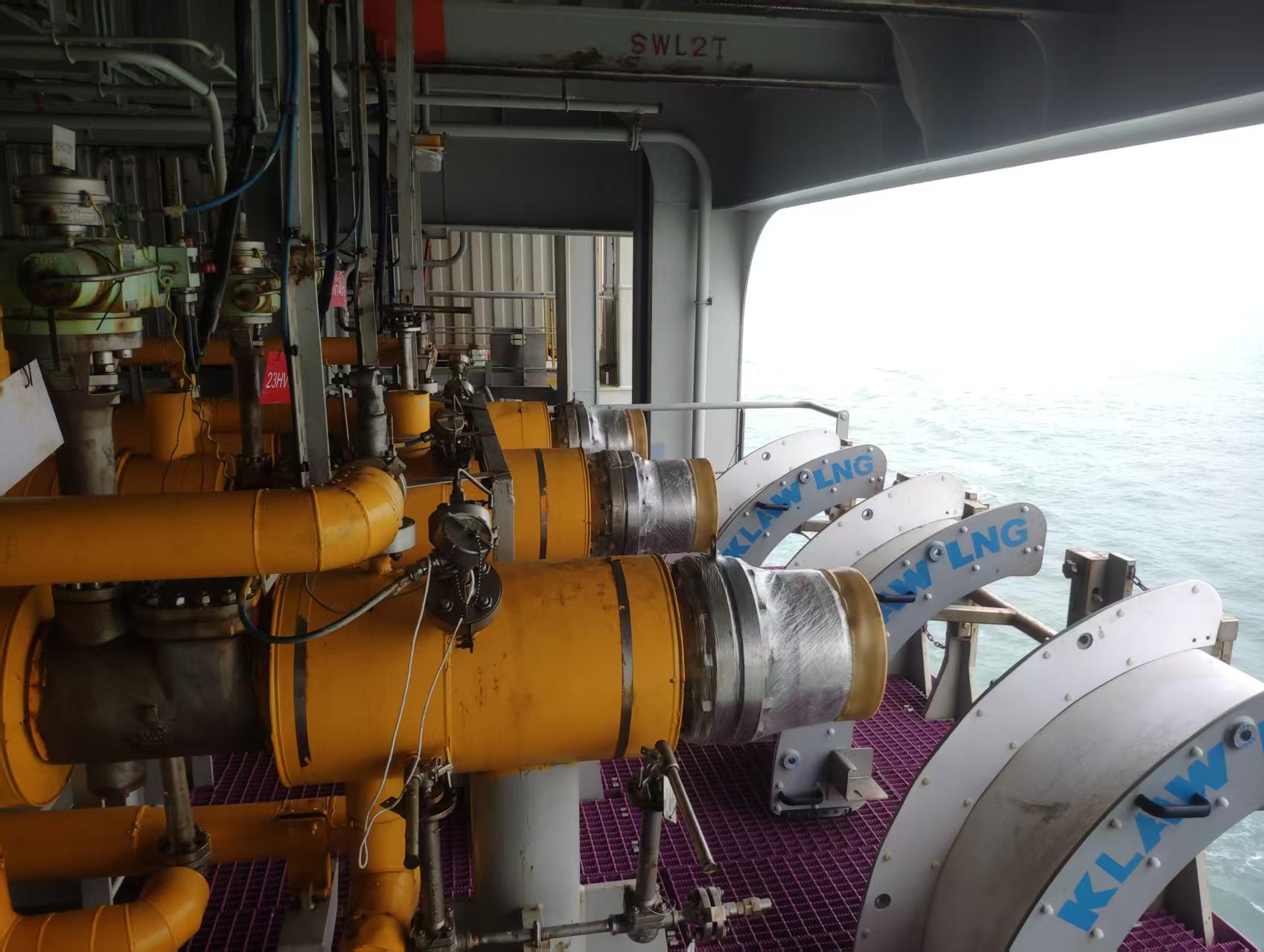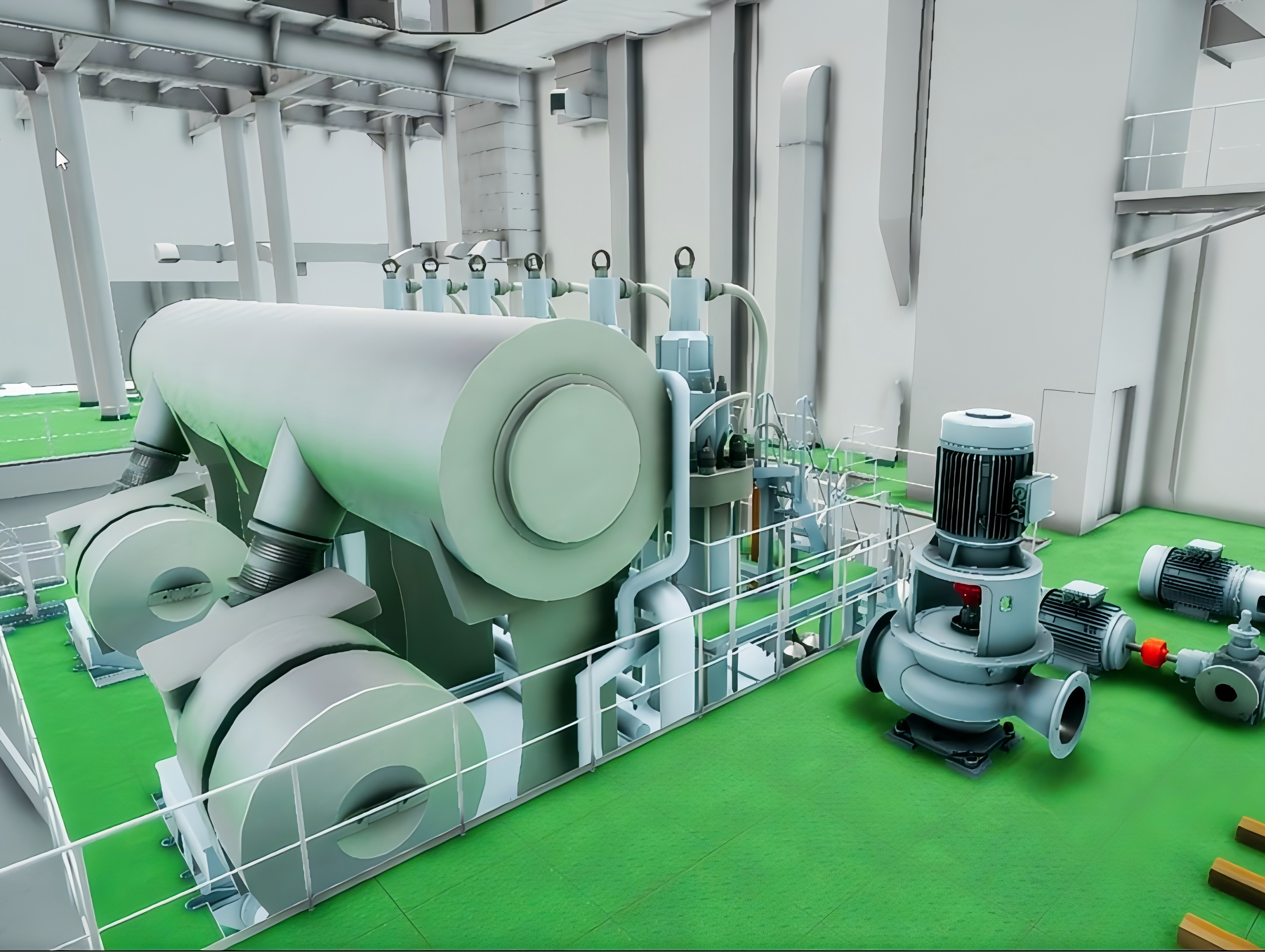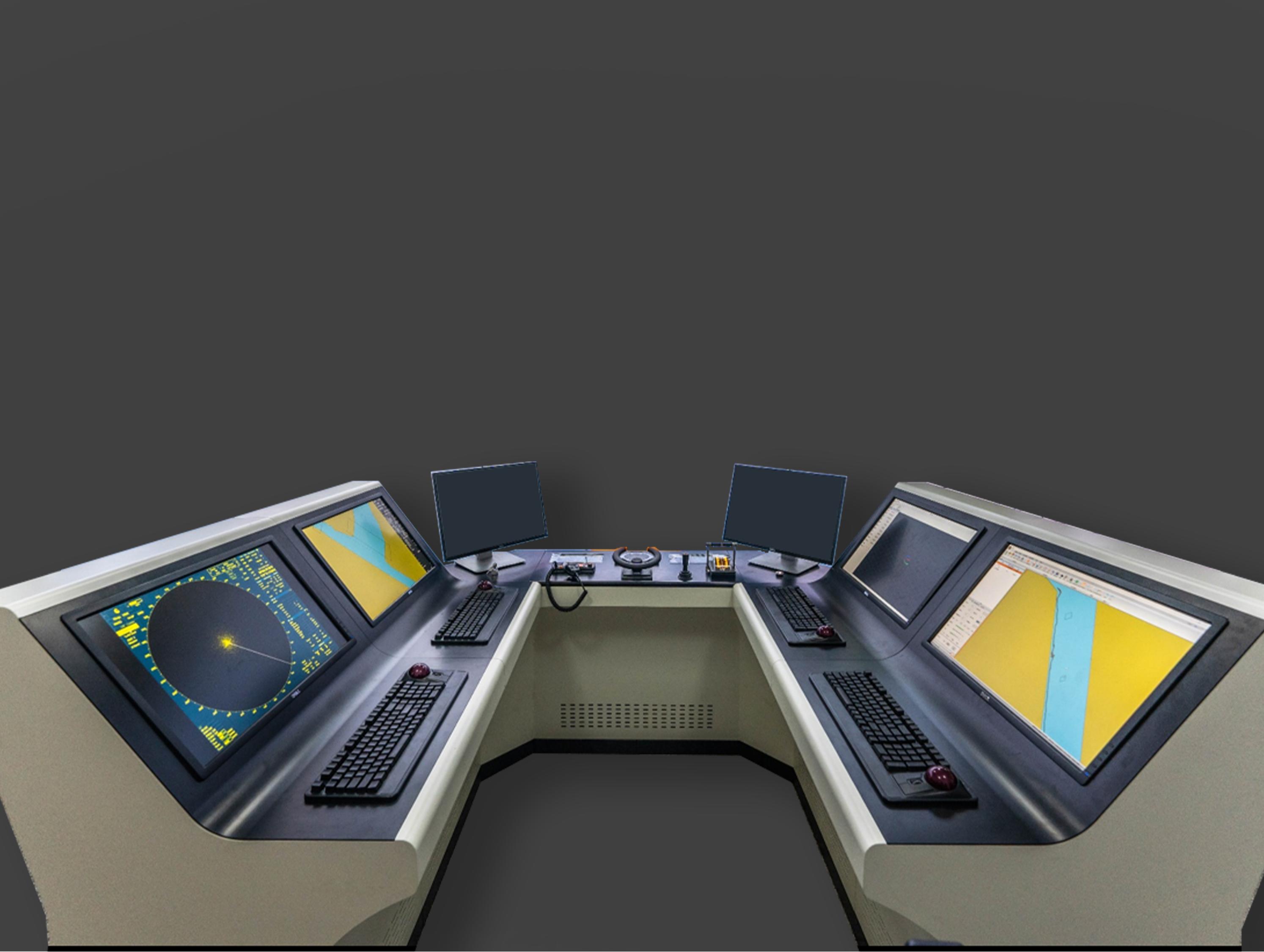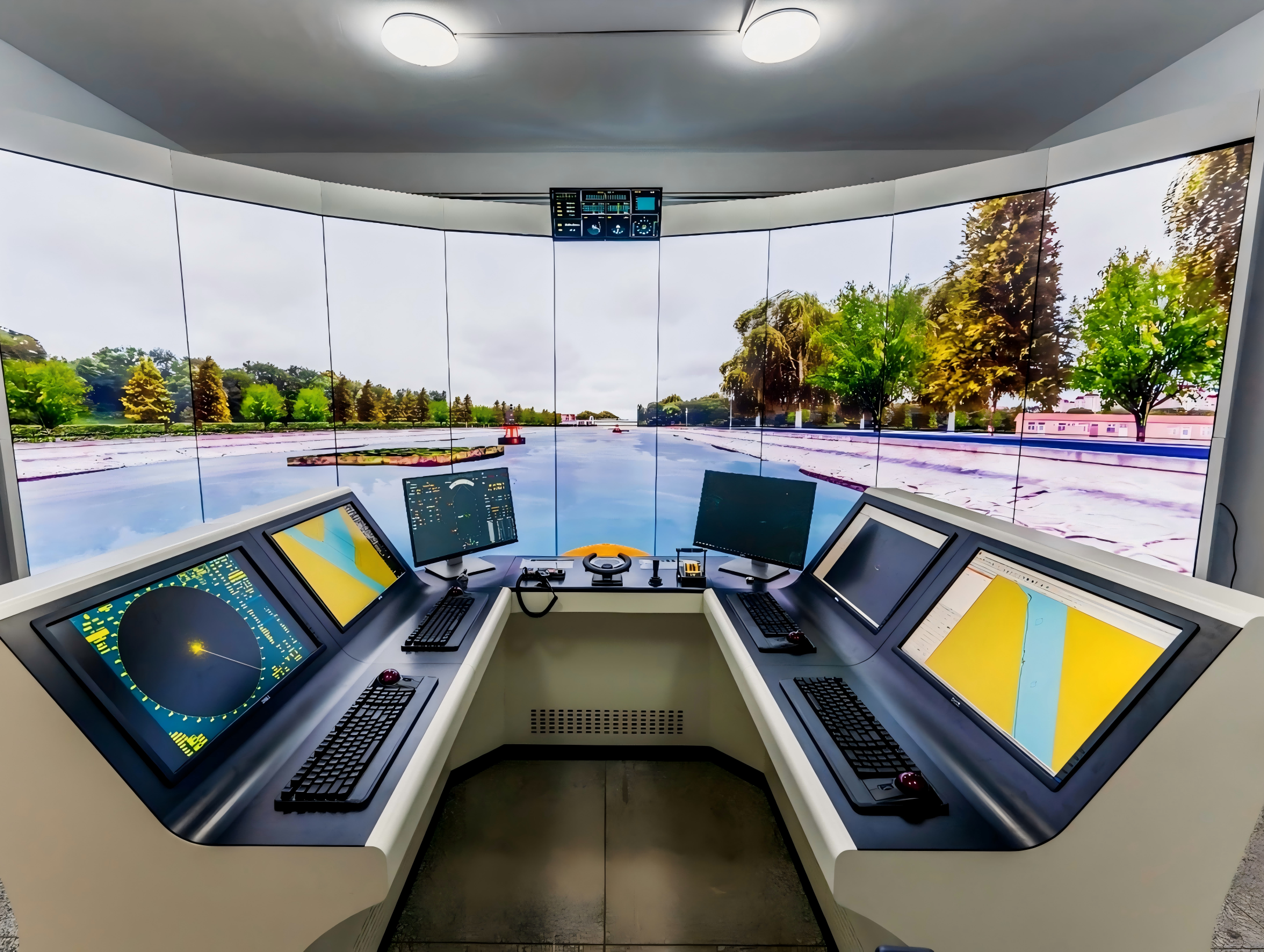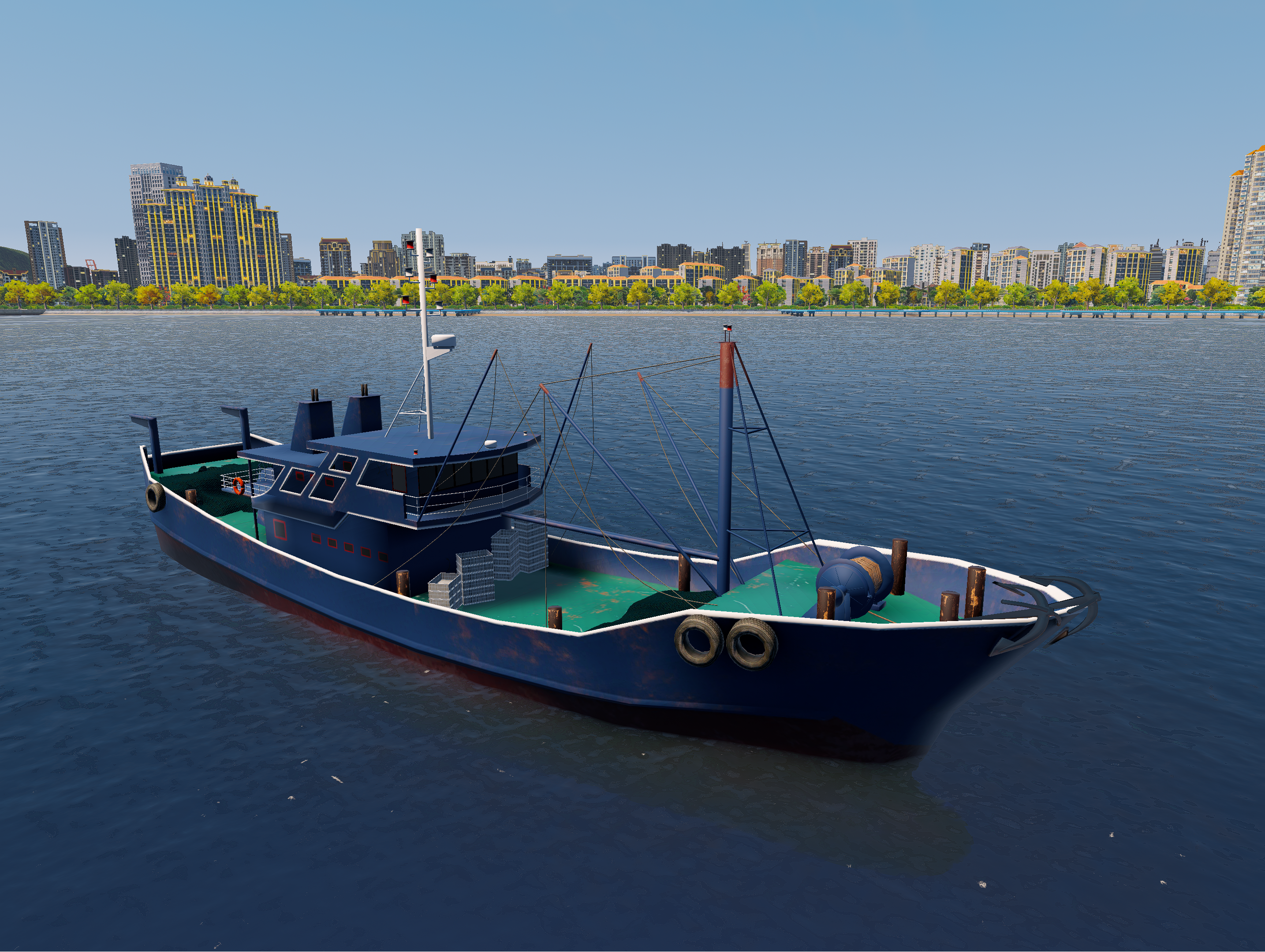To ensure the precise operation and effectiveness of the ship simulator software, Hefonix began with test preparation, designing a comprehensive testing process encompassing functionality, performance, and compatibility. This process also encompassed defect management and test reporting, creating a comprehensive testing system.
During the test preparation phase, Hefonix assembled a professional testing team whose members possessed both in-depth marine knowledge and familiarity with various software testing techniques. They thoroughly studied the ship simulator software's requirements specifications, defining the required functions and performance indicators. They also collected various test data, including data on various sea conditions, ship parameters, and operational scenarios, to fully prepare for subsequent testing.
For functional testing, testers meticulously examined each module of the software. From basic ship control functions such as steering, acceleration, and deceleration to complex features like sail planning and collision warning, these functions were repeatedly tested. They simulated various real-world operational scenarios to ensure the software responded accurately under diverse circumstances. For example, in simulated severe sea conditions, they checked whether the software accurately displayed the ship's roll and pitch, adjusting the ship's controllability accordingly.

Performance testing focuses on aspects such as software speed and resource utilization. Testers use professional performance testing tools to evaluate software performance under different hardware configurations and load conditions. They record metrics such as software startup time, response time, and data processing speed, and analyze the software's performance under high concurrency. If performance bottlenecks are discovered in certain situations, the testing team will promptly communicate with the development team to jointly identify solutions.
Compatibility testing is also a key step in the testing process. Hefonix tests software compatibility across various operating systems, hardware platforms, and browsers to ensure that the software can run stably in various environments and meet the needs of different users. For example, the software is tested for display quality and functional integrity on mainstream operating systems such as Windows, Linux, and Mac OS, as well as for proper display on screens with different resolutions.
For defect management, Hefonix has established a comprehensive defect tracking system. When testers discover a software defect, they promptly enter the defect information into the system, including a description of the defect, the environment in which it occurred, and steps to reproduce the problem. The development team will then fix the defect based on its severity and priority and provide feedback to the testing team. The testing team will re-verify the fixed defects to ensure that the issues are fully resolved.
Finally, upon completion of all testing, the testing team will generate a detailed test report. This report includes the test scope, methods, results, and conclusions. By analyzing the test data, the team assesses the quality and stability of the software and provides improvement suggestions. This test report not only provides the development team with direction for improvement but also serves as an important reference for the software's release and promotion. Through this comprehensive testing system, Hefonix ensures the accurate operation and effectiveness of its ship simulator software, providing users with a high-quality product.

